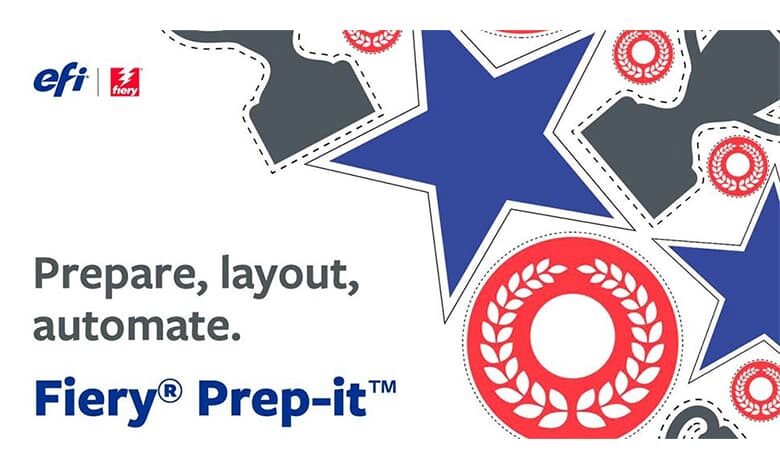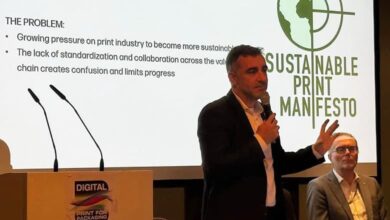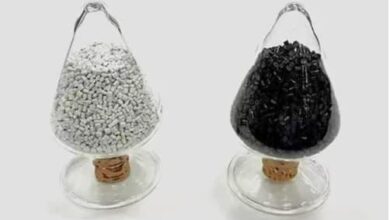EFI Fiery Prep-it Print-for-Cut Software

Display graphics print providers now have a powerful solution for saving media and reducing prep time with newly available EFI™ Fiery® Prep-it™ true-shape nesting and cut-preparation software. The newly available solution from Electronics For Imaging, Inc. connects to any digital front end (DFE) – including full integration with EFI Fiery proServer and Fiery XF DFEs – to increase the profitability of cut jobs printed on wide- to superwide-format inkjet printers.
Media and time savings
This easy-to-use, powerful offering can reduce the time needed to manually nest jobs by up to 90%. It also reduces nesting time by more than 10% compared with other leading true-shape nesting offerings. Plus, Fiery Prep-it software saves users more than 10% in media usage compared with other, similar products thanks to its highly effective nesting algorithms. Display graphics businesses that currently use rectangular in-RIP nesting will find that Fiery Prep-it software reduces media consumption to a fraction of what they use today.
On media savings alone, this affordable, effective software can pay for itself in as little as 2 months.
“Efficient, accurate, and fast true-shape nesting for cut jobs such as stickers, road signs, and more, are three critical capabilities for a display graphics workflow product,” said John Henze, vice president of sales and marketing, EFI Fiery. “Fiery Prep-it software excels over other products because it delivers all three at an affordable price, saving our customers hours of prepress time while reducing material usage.”
Automated cut job preparation
Fiery Prep-it software can take jobs destined for cutting from different sources and prepare them quickly and correctly for print-then-cut production. This can be done manually or semiautomatically with the use of pre-sets and hot folders. Jobs that arrive to production from prepress workflow, web-to-print, or MIS solutions can take advantage of the capability to apply every available Prep-it cut setting in a full “hands-off” job production mode. Minimal-touch-point production reduces the potential for expensive human error and frees up operators for other important tasks such as graphic design or production planning.
Decreasing preparation time, media consumption and touchpoints on cut jobs is the key to making customers’ operations more profitable.
Economic advantages for all display graphics businesses
Whether print businesses do their nesting layouts manually in Adobe® Illustrator®, or use an existing nesting solution, switching to Fiery Prep-it software offers compelling productivity gains and media savings. It has some of the best true-shape nesting technology on the market, including its 1° increment rotation capability and accurate double-sided nesting, giving users the ability to reduce media waste and turnaround time even further.
On top of its ability to generate at least 10% in media savings, Fiery Prep-it also increases profitability by:
- Giving companies the ability to win more tight-deadline business by preparing cut jobs in a fraction of the time required with manual nesting methods;
- Reducing errors and expensive rework due to minimal touchpoints in job production with hot folders and automation capabilities;
- Removing production bottlenecks with increased utilization of existing printing and cutting equipment.
The software integrates with EFI Fiery proServer and Fiery XF DFE print servers, providing access to an additional 1,300+ cutter and router types on top of built-in Prep-it connectivity options. The software can also connect to any RIP or DFE that accepts PDF files, serving as a central hub for cut job preparation.





